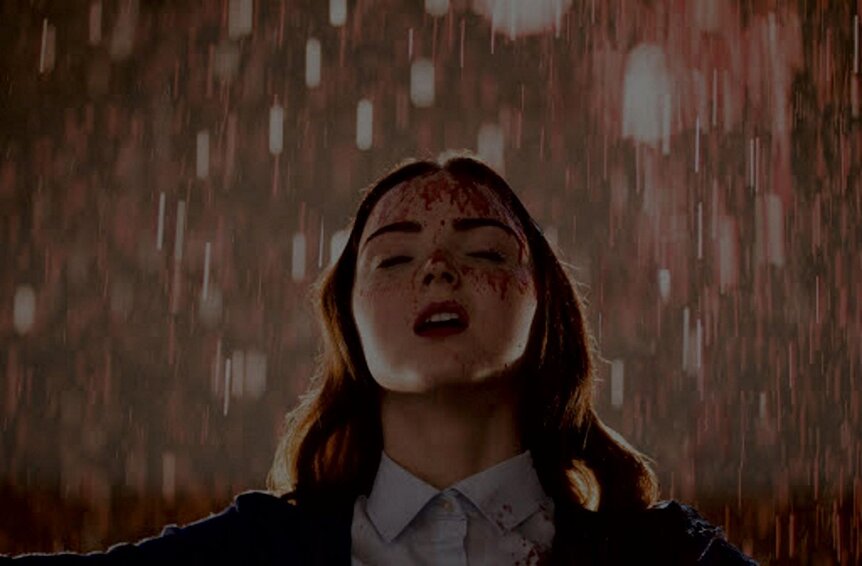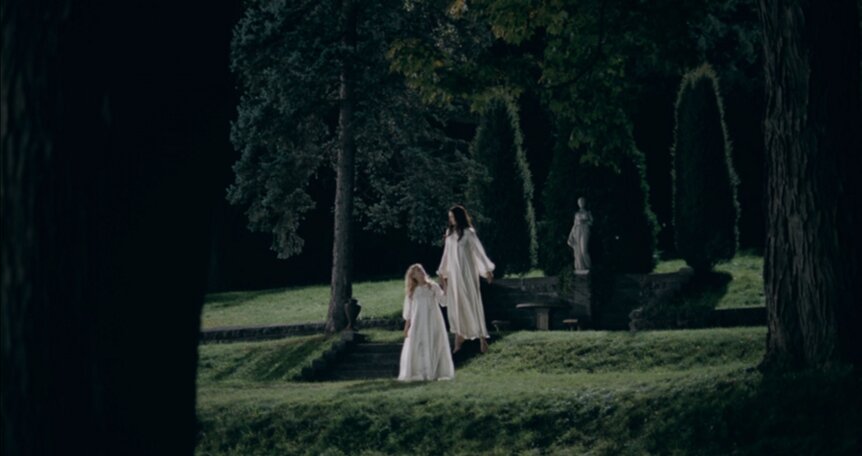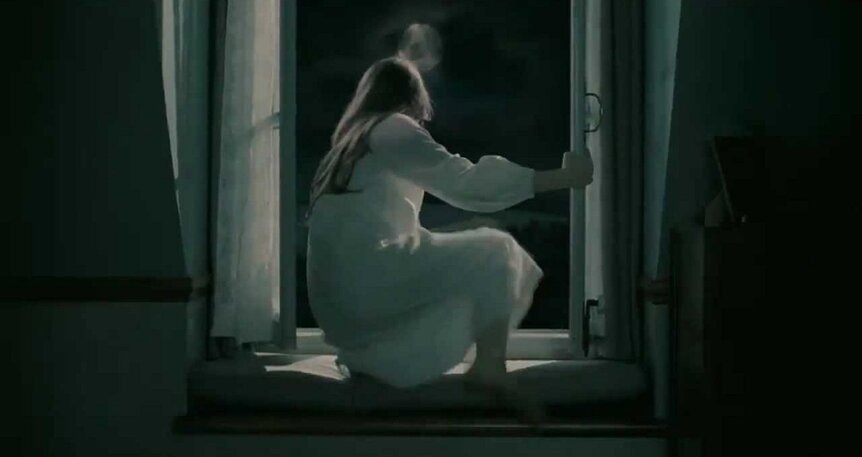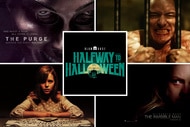Create a free profile to get unlimited access to exclusive videos, sweepstakes, and more!
Deep Cuts: The Moth Diaries
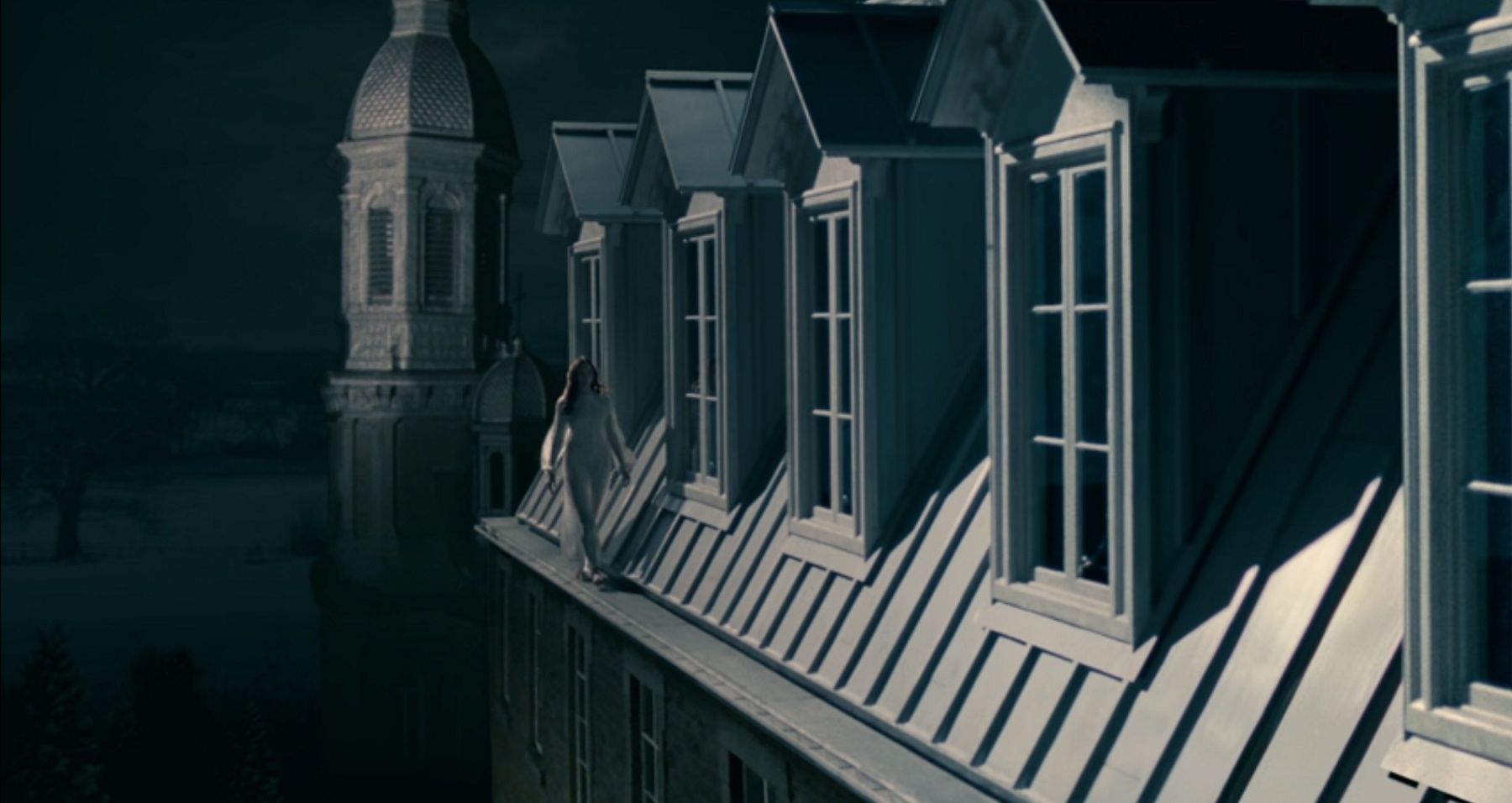
The world of horror is vast. With so many films across the spectrum of budget, studio involvement, quality, availability, and, above all else, pure scare-the-living-s***-out-of-you-ness, it helps to have trained professionals parse through some of the older and/or lesser-known offerings. That's where Team FANGRRLS comes in with Deep Cuts, our series dedicated to bringing the hidden gems of horror out of the vault and into your nightmares. This week we're looking at the overlooked "lesbian vampire" movie The Moth Diaries.
Mary Harron has plenty of critically acclaimed features under her directorial belt, including The Notorious Bettie Page, I Shot Andy Warhol — and, of course, American Psycho. However, her 2011 film, The Moth Diaries, was almost universally critically panned, with a surprisingly bleak 13% among critics and nothing much in the way of reviews beyond unfavorable comparisons to the Twilight franchise.
This is all pretty fishy, if you ask us, because The Moth Diaries is a very good movie that holds up to repeat viewings, and it sure didn't deserve to be trashed by reviewers like that. Providing an updated look at "lesbian vampire" mythos while queering up the standard "girls' school drama," The Moth Diaries is a sleeper hit of the 2010s vampire canon.
The story follows Rebecca, whose father was a famous poet who died by suicide, and who was subsequently sent to an all-girls boarding school. She bonds with Lucy, a seemingly much more well-adjusted girl who refers to herself as "boring" in comparison to all of the other young women she is surrounded by. This is not an opinion held by the mysterious new student Ernessa, who takes an immediate interest in Lucy. One by one, their friends begin to die in shocking, sudden ways, while Lucy grows moody and angry with Rebecca, shrugging off their friendship in favor of time with Ernessa.
This was a surreal drama that was almost definitely intended for a primarily teen market, so in hindsight, it's obvious that advertisements implying that this would be a straightforward horror story were misguided to say the least. Marketing misdirected the tone of the film, and reviewers then proceeded to almost universally miss its point, bemoaning the lack of "scares" when the horror elements of the story are clearly intended as icing on the metatextual cake.
The novel, written by Rachel Klein, gave us an unreliable narrator suffering from Borderline Personality Disorder and used the journal as the sole narrative tool to ensure that the reader was never quite certain how much of what our protagonist said was true. She was granted anonymity via the private nature of her journals, and her interactions with her classmates were prioritized in a way that doesn't fully translate to the film. Still, as people do not believe the unnamed narrator in the book, the Rebecca of the movie struggles to convince the people around her of Ernessa's malicious intentions. Rebecca's sense of paranoia while others refuse to believe what she knows to be true sets the stage for a horror story that attempts to look at itself from the outside in.
In the book, the main character has no name, while in the film she is known as "Rebecca," which is likely a nod to the unnamed second Mrs. De Winter in Daphne du Maurier's novel of jealousy between women. One of the classes Rebecca takes is reading and analyzing the 1872 novella Carmilla by Joseph Sheridan Le Fanu, well known for being the jumping-off point of almost all of the ensuing "lesbian vampire" canon. As Rebecca applies her high-school-level understanding of these classic literary tropes to Ernessa and Lucy, she still fails to get ahead of the curve enough to save her friend. Indeed, one constant theme of the vampire mythos is that the "Lucy" is always doomed, and that is no different here. This inevitability is something that Rebecca seemingly escapes, but no one else in the story does.
The Moth Diaries introduces countless other themes, such as the symbolic importance of moths, the impact of losing a parent to suicide, and jealousy among teen girls, which unfortunately don't get tied together so much as pushed into their inevitable conclusion. Ernessa is only a predator in the story, so the "lesbian vampire" trope remains unchallenged. As an effect of that, we see very little of Rebecca confronting her own apparently queer interest in Lucy. Lucy herself is given almost nothing in the way of autonomy, so we don't know to what extent her queerness exists except in that it reflects Ernessa's desire to feed on her. Yet, despite all these detracting elements, there remains a compelling queerness at the movie's heart that is impossible to disregard. Rebecca may never come to grips with her feelings for Lucy, and Lucy may never rise above her status as a victim of Ernessa, but the energy among the three of them remains engrossing regardless.
It is true that this isn't a perfect film, but so few are. Its themes are a bit muddled, and its literary references zoomed over the heads of much of its initial audience; if it does fail, it does so in no small part because it just doesn't have the screentime to flesh out its concepts in a fully coherent way. Yet it's still more than safe to say that it was unfairly judged by reviewers who didn't fit its intended demographic at the exact same time as it was being failed by its marketing campaign. For longtime horror fans, this will sound familiar given that the same thing happened with the equally woman-centric Jennifer's Body two years prior — and, much like Jennifer's Body, The Moth Diaries is equally deserving of a revisitation.
